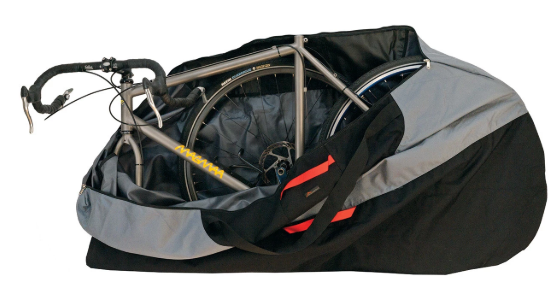Several of my runner friends recently bought bicycles and are riding more as part of their training. This is the advice I’d offer to anyone getting on a bicycle for the first time in a long time.
1. Get on the bike
Waiting until the weather is nicer or you are in better shape is a sure way to never become a better cyclist. Just get out on the bike, even if it is just a quick spin around the block. It’s never too early to start.
2. Learn a few basic mechanical tricks
Knowing how to fix a dropped chain and fix a flat tire can give you the peace of mind to ride farther away from home. Basic skills will also enable you to complete a ride without worry that otherwise would involve a call for a pick up or a bus ride home. Most local bike shops (LBS) offer basic bike maintenance classes; this is a great way to meet your mechanic, meet other cyclists, and learn some valuable skills.
Those guys were just like you once. Remember, spandex doesn’t make you fast, but it can keep you honest once you finally lose the gut. However, once you’ve committed to riding, investing in a few key pieces of cycling specific clothing can make your ride much more comfortable. A padded pair of shorts (there are non-spandex styles available) will allow you to stay in the saddle for longer, and a lightweight windbreaker can keep you at just the right temperature year round. I commuted and rode for fun with just these two pieces for almost two years.
 |
| via commutesolutions.com |
The easiest way to prevent an accident is to ride defensively and to move predictably. When riding in a group this is the most important skill to have. If you are touching your brakes without warning or indecisive in whether or not to stop at a light or speed up to beat the yellow, the chances of an accident occurring go up. Be considerate of those around you and be decisive and predictable. A few basic handle signals will help you to alert everyone around you as to your intentions; this will keep you safer on the road.
6. Learn to shift efficiently
Efficient shifting will allow you to ride longer and more comfortably. The most common place I have seen dropped chains is when the cyclist decides to shift while riding uphill. The mantra that I have always ridden by is “shift early and often.” By shifting before you absolutely need to be in a different gear you have enough time to get into the gear while keeping your cadence steady (see next item). Once you feel like your cadence is changing (faster or slower), it is time to shift. Don’t wait until you’ve lost your momentum to shift.
7. Focus on maintaining a steady and easy cadence.
By focusing on your cadence you will learn when to shift. Try to keep a steady cadence for the whole ride, adjusting the gearing to add or remove resistance. A fast cadence in a lower gear (spinning) is more efficient than a slow cadence in a higher gear (mashing). Mashing fatigues your legs earlier so rides become increasingly difficult. Find a cadence that works for you and work to keep it for the entire ride.
8. Don’t use your brakes (most of the time)
My sister and I rented a car and drove from Portland, OR to San Francisco last summer. When it came my turn to drive (my first time driving in several years) my sister complained that I drove like a cyclist. She said that I never quickly accelerated, choosing to slow down (when possible) by not adding more gas. When you ride, you realize how much more tiring it is to stop and start constantly; accelerating is physically taxing. Anytime you apply your brakes means that you spent energy accelerating that you didn’t need to spend. Obviously, brakes are a necessary safety tool for stopping short of obstacles or at red lights. Pay attention to how often you apply the brakes when you aren’t stopping for anything in particular. Once you’re more comfortable on the bike, you will probably apply the brakes far less frequently.
If you have any additional tips for a new cyclist, please leave it in the comments!
